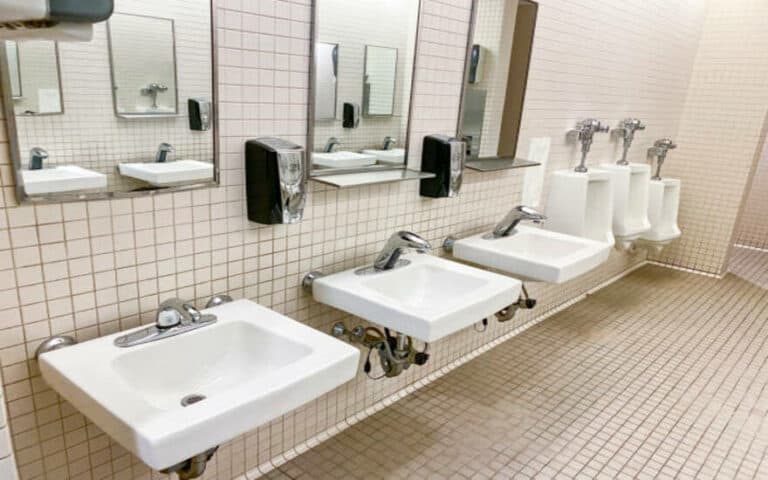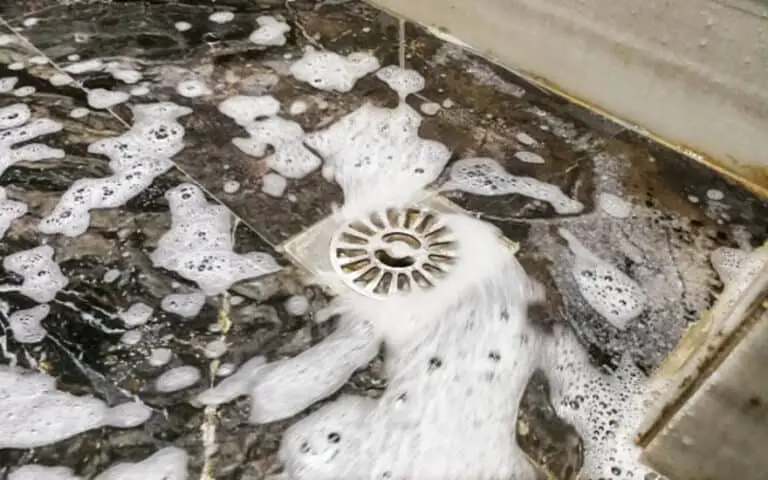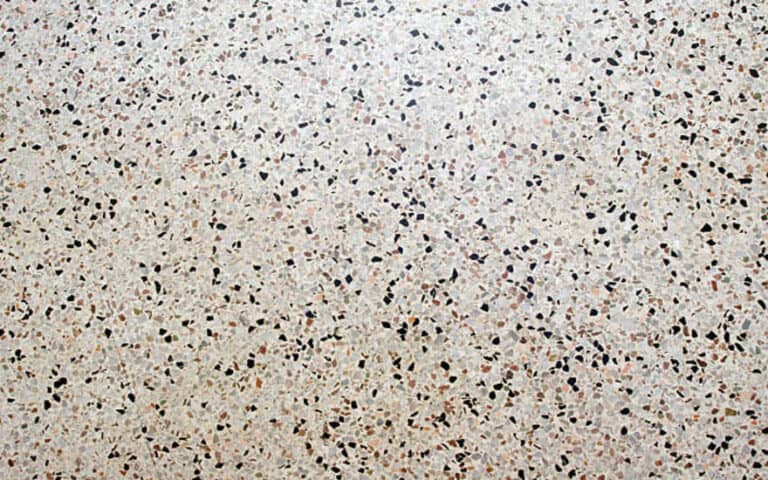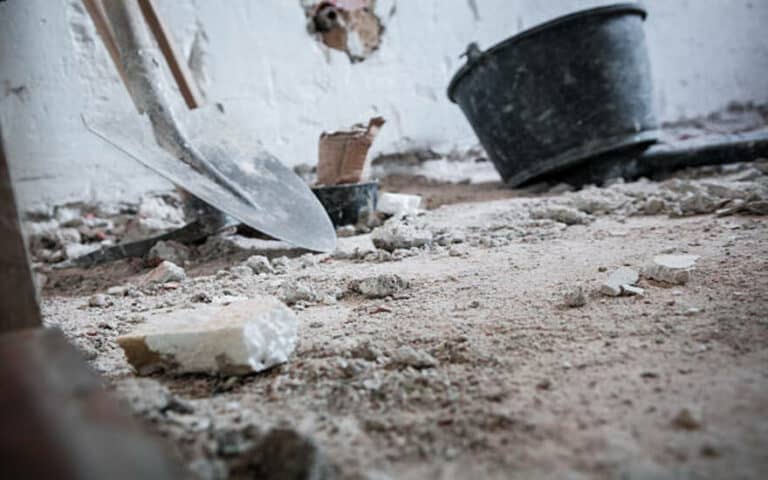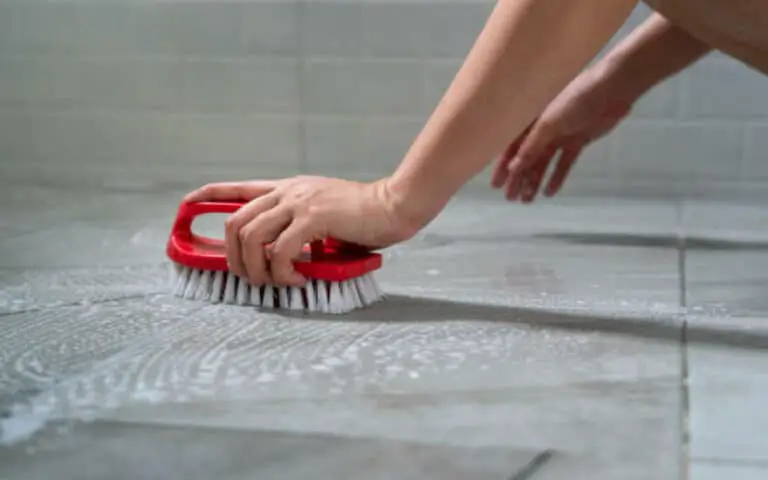Installing engineered wood flooring is an excellent way to do just that! In this blog post, I’ll show you how to install and maintain engineered wood flooring in your bathroom. Read on for all the details!
What is laminate flooring?
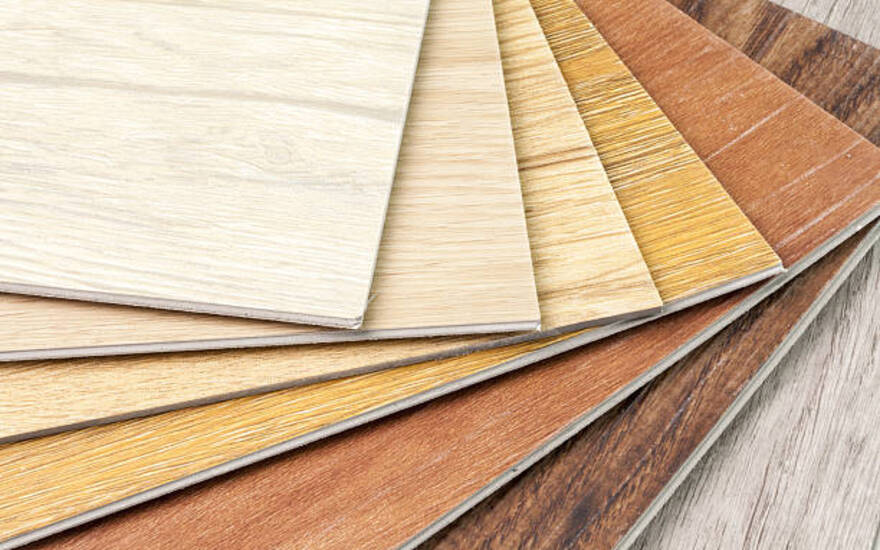
As a homeowner, you may consider laminate flooring as an option for your bathroom. Laminate flooring is made of several layers of material used under high pressure. The top layer is a clear wear layer that protects against staining, fading, and scratching.
There is also a printed layer that provides the look and feel of real wood or stone. Underneath this is a core layer made of high-density fiberboard or resin-infused paper, which gives the floor stability and durability.
Finally, there is a backing layer that helps provide cushioning and noise absorption. Laminate flooring is an excellent choice for bathrooms because it’s easy to install, durable, and resistant to moisture.
How is laminate flooring made?
I’m sure you’re curious about how laminate flooring is made. The process is quite simple. It starts with a thin layer of wood veneer fused to a base layer of high-density fiberboard or plywood.
On top of this, an image layer is added, giving the flooring a realistic look. This image layer is coated with a protective wear layer, making the laminate flooring scratch-resistant and highly durable. Finally, a foam or felt underlayment is added to help absorb noise and give the flooring extra cushioning.
Through this process, laminate flooring can mimic the look of real wood while remaining incredibly resilient and cost-effective.
Laminate flooring and another flooring comparison
| Feature | Laminate Flooring | Hardwood Flooring | Carpet | Vinyl Flooring | Tile Flooring |
|---|---|---|---|---|---|
| Composition | High-density fiberboard with a photograph of wood, stone, or tile applied to the surface | 100% solid wood | Natural or synthetic fibers | PVC or vinyl | Ceramic or natural stone |
| Installation | Floating | Nail or staple down, glue-down, or float | Installed with tack strip or adhesive | Glue-down or lose lay | Glue-down or thin-set mortar |
| Durability | Durable, but can be scratched or damaged by moisture | It can be refinished multiple times but can be scratched or damaged by moisture | Can be stained or worn with heavy foot traffic | Resistant to scratches and stains | Durable and resistant to scratches and stains |
| Cost | Less expensive | More expensive | Varies | Less expensive | Varies |
| Suitable for | On, above, or below grade level | On or above grade level | On any level | On, above, or below grade level | On any level |
| Moisture resistance | Good | Poor | Not resistant to moisture | Good | Good |
| Expansion and contraction | Low | High | Not affected | Low | Not affected |
| Sanding and refinishing frequency | Not applicable | It can be sanded and refinished multiple times | Not applicable | Not applicable | Not applicable |
| Aesthetics | It can mimic the look of wood, stone, or tile | Natural look, variety of species and colors available | Variety of colors and patterns | Variety of colors and patterns | Variety of colors and patterns |
| Environmental impact | It depends on the materials used in the construction of the laminate | It depends on the source of the wood | It depends on the materials used in the carpet | It depends on the materials used in the vinyl | It depends on the materials used in the tile |
How to choose the right laminate flooring for your bathroom?
When choosing the right laminate flooring for your bathroom, it’s important to consider the moisture level, its resistance to scratching, staining, and fading, and whether it has a waterproof coating.
You should also evaluate the quality of the laminate flooring by checking its thickness and wear layer, core material, scratch-resistant coating, core construction, and moisture resistance. With the right care and maintenance, you can be sure that your laminate flooring will last for years.
1. Consider the level of moisture
Before choosing the right laminate flooring for your bathroom, it is important to consider the room’s moisture level. Use a moisture meter or concrete moisture test kit to determine how wet or dry your floor is.
If you plan to install laminate floors in a bathroom, make sure it is the right choice for that area. Keep in mind that laminate floors are not suitable for bathrooms with high levels of moisture or humidity as they can be damaged by water over time.
2. Consider resistance to scratching, staining, and fading
Once you have determined the amount of moisture your bathroom will be exposed to, you’ll need to consider the resistance to scratching, staining, and fading that your laminate flooring will have to endure. Choosing a laminate with a thick wear layer designed to withstand high traffic and moisture exposure levels is important.
The thicker the wear layer, the better the resistance it will offer. Look for products rated as scratch-resistant or stain-resistant so that you can be sure your laminate will stand up to any spills or other messes that could occur in your bathroom.
3. Choose a laminate with a waterproof coating
When choosing laminate flooring for your bathroom, selecting one with a waterproof coating is important. This will help to protect the floor from water damage, prolonging its lifespan and keeping it looking great for longer.
Look for a laminate with a layer of waterproof coating on the surface or one treated with a sealant such as polyurethane or wax. This will provide an extra layer of protection against water and moisture, helping to ensure that your new laminate floor will last for years.
How to evaluate the quality of laminate flooring?
As I evaluate the quality of the laminate flooring I am looking to install in my bathroom, it is important to check the thickness and wear layer, core material, scratch-resistant coating, core construction, and moisture resistance. All these factors will help ensure that my engineered wood flooring will last for years with proper care and maintenance.
1. Check the thickness and wear layer
Once you’ve chosen the perfect laminate flooring for your bathroom, it’s time to evaluate the quality of the product. Thickness and wear layer are two important factors to consider. The thickness of laminate flooring is determined by the number of layers that make up the plank. Generally, thicker planks offer more durability and stability.
The wear layer is a transparent coating that helps protect against scratches, staining, fading, and other wear and tear. When evaluating the quality of a laminate flooring product, pay close attention to both the thickness and wear layer.
2. Check the core material
Once you’ve chosen the right type of laminate flooring for your bathroom, the next step is to check the quality of the core material. The core material is what gives laminate flooring its strength and stability.
Choose a core material made from high-quality materials such as HDF or particleboard. The higher the density of the core material, the more durable and resistant to water and wear it will be. Also, look for a core material to resist warping and cracking over time.
3. Look for scratch-resistant coating
When it comes to scratch resistance, there are several factors to consider. For instance, the wear layer is a clear coating that helps protect against scratches and damage. It’s important to pay attention to the thickness of this layer as well as its quality. Additionally, some laminate flooring products are treated with a scratch-resistant coating.
This adds an extra layer of protection and can extend the life of your flooring. Lastly, look for a core material resistant to scratches, such as high-density fiberboard (HDF) or wood composite substrates. HDF is particularly popular for its superior scratch resistance and durability.
4. Examine the core construction
My next step in evaluating the quality of my laminate flooring is to examine the core construction. Before laying it down, I should check for any visible defects in the core, like chips, cracks, or even gaps.
Additionally, I should ensure the core is of the right thickness and density to ensure durability. A good quality laminate flooring core should be made of high-density fiberboard with a moisture-resistant coating, making it more resistant to water damage and warping. I should also look for any scratching or staining on the core material, as this could indicate poor quality.
5. Test the moisture resistance
Before I move on to installing and maintaining laminate flooring, I must test the moisture resistance. This can be done using a moisture meter or concrete moisture test kit before installation.
To ensure your laminate floor is more water-resistant, install underlayment and a vapor barrier, and use the glue-down installation method.
Be sure to inspect your laminate flooring before laying – if you find any defects, DO NOT INSTALL THE FLOOR. Speak with your supplier and read the guide to find out how to install your flooring. This step is especially important for bathrooms with high moisture levels.
How to care for and maintain laminate flooring?
Once you have your engineered wood flooring installed, there are certain steps you can take to ensure it stays looking its best. To maintain your flooring, it’s important to sweep it three or more times a week to remove debris and keep it free of abrasive materials.
Make sure to wipe up any spills or splashes as soon as they occur with a damp cloth or mop. You can also use a dry cloth to absorb any excess moisture. Lastly, it’s important to remember not to use steel wool when cleaning your engineered wood flooring. Following these steps, you can keep your floor looking beautiful for years!
Summary
In conclusion, engineered wood flooring is a great choice for your bathroom if you want a flooring material that is durable and easy to maintain. Proper installation and care can last for many years and give your bathroom an attractive look. Before you install engineered wood flooring in your bathroom, you must evaluate the moisture levels, select the right type of flooring for your needs, and check the quality of the laminate flooring.
Additionally, be sure to follow the manufacturer’s instructions regarding installation and maintenance. With some effort, you can keep your engineered wood floor looking beautiful in your bathroom for years.

